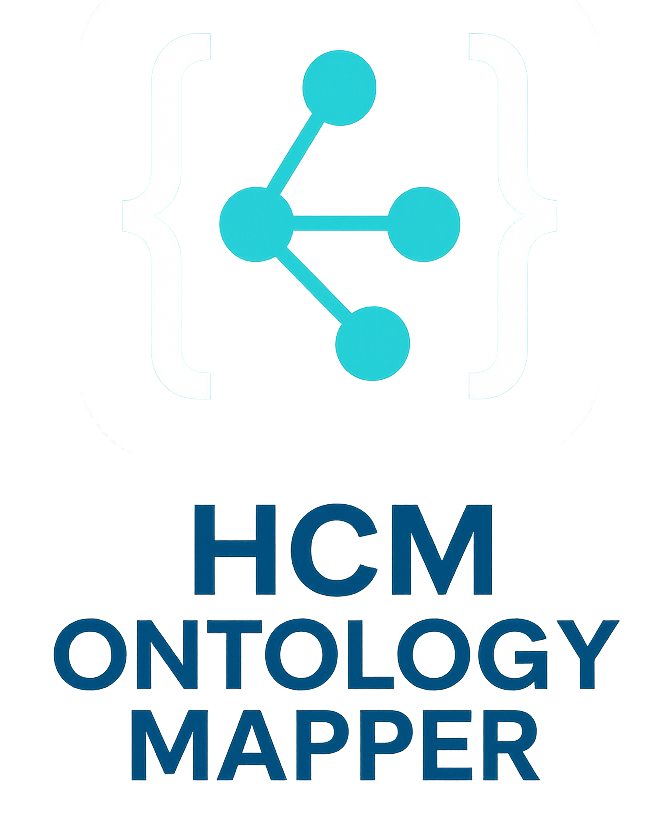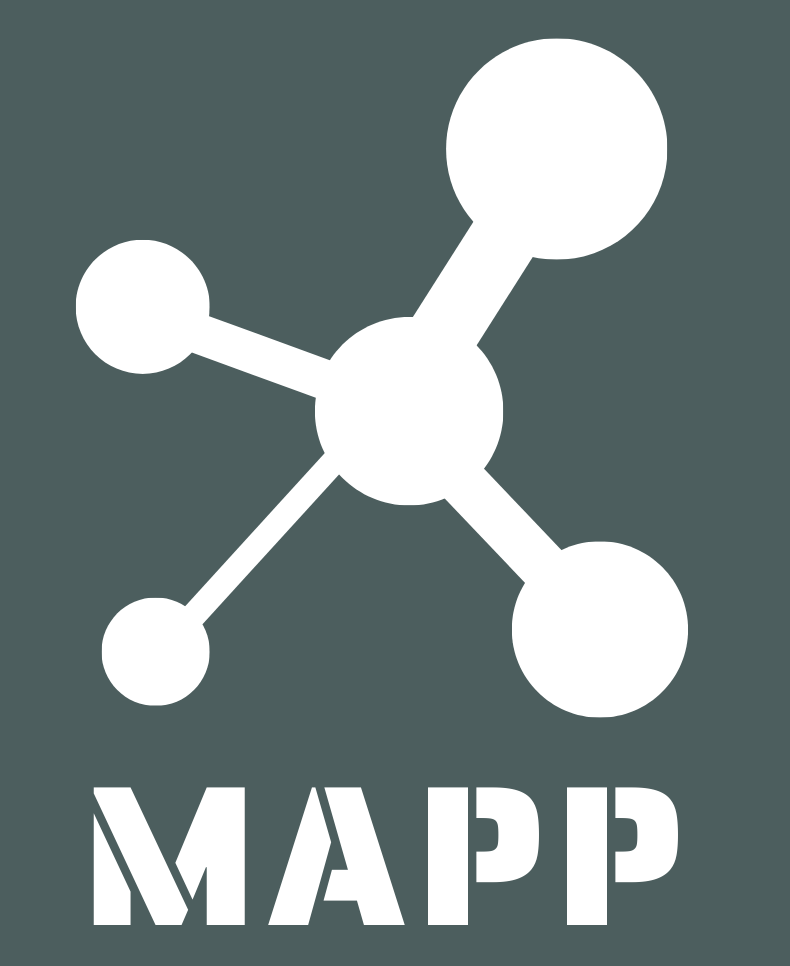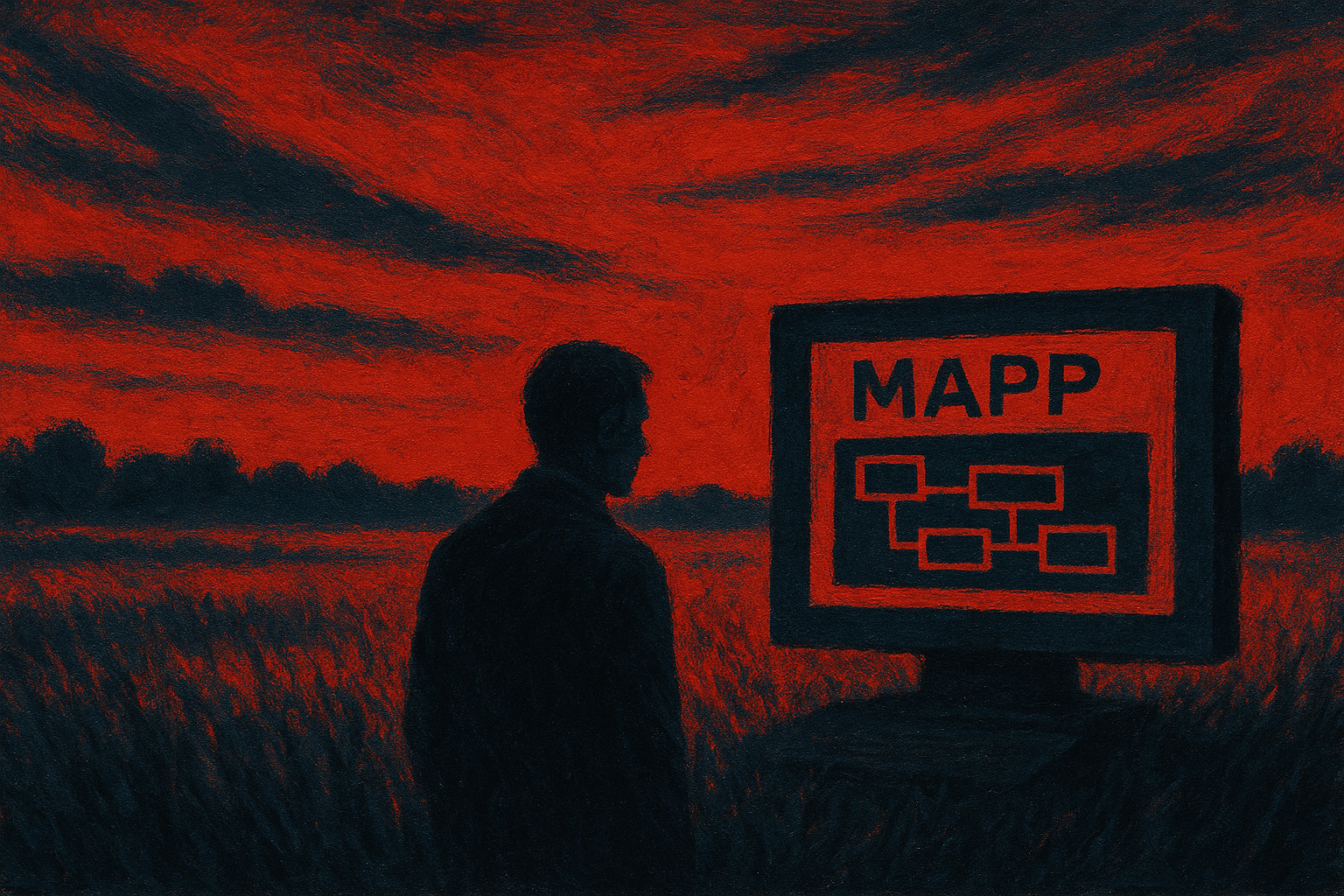Bridging the Gap: The Mouse Behavior Ontology (MBO) as a Unified Language for Behavioral Research
The field of Human-Computer Measurement (HCM), especially concerning animal behavior, is experiencing rapid growth. This expansion, while promising, has also introduced significant challenges: a proliferation of systems and definitions and a resulting lack of comparability across different studies and platforms. This fragmentation makes it incredibly difficult to integrate large datasets and draw consistent, reliable conclusions.
The Foundation: Ethograms and Their Limitations
At the heart of behavioral analysis lies the ethogram, often referred to as “the behavioral dictionary”. An ethogram is a catalog of species-specific behaviors, listing actions like grooming, feeding, nesting, and sniffing. Its primary strength is fostering a shared understanding of these behaviors among researchers. It also provides a comprehensive description and structure for behaviors.
However, traditional ethograms come with notable drawbacks:
- They are inherently “Subjective”.
- They are “Not machine readable,” which complicates automated analysis.
- Consequently, they are “Hard to integrate big data”.
These limitations hinder progress in a data-rich research environment, calling for a more advanced approach.
Enter the MBO: A Powerful Solution for Reproducible Behavior Data
The Mouse Behavior Ontology (MBO) emerges as a transformative solution, designed to overcome the limitations of traditional ethograms by providing a “common language for behavior”. The MBO achieves this by combining the “ethogram richness + ontology logic”.
How Ontologies Infer Knowledge
Ontologies are powerful because they allow for the inference of knowledge. For example, an ontology can logically connect observed micro-behaviors to broader behavioral categories:
- “Sniffing nose-to-nose” can be inferred as “Social Investigation”.
- “Sniffing anogenital” can also lead to “Social Investigation”.
- Ultimately, “Social Investigation” can then be inferred as a form of “Social Interaction”.
This hierarchical structure moves beyond simple observation to provide machine-understandable conclusions, such as “Mice are doing socially interacting with each other”.
MBO: From Machine-Readable to Machine-Understandable
The MBO is essentially an “Ethogram + Ontology”. It creates a structured framework of “Behavior Categories” (e.g., Exploratory, Social, Maintenance, with sub-categories like Climbing, Social Investigation, Grooming Self).
This framework provides a “computable description” for HCM, integrating various aspects of an experimental setup, including welfare, spatial dimensions, temporal patterns, and measurement of visible movements and physiological processes. Crucially, it links these to computational elements like software, hardware, sensors, and actuators that constrain logical protocols.
The MBO transforms data from merely machine-readable to “machine understandable” by linking:
- Natural language descriptions of behaviors.
- Contextual information about the HCM model (e.g., name, manufacturer).
- Data from various sensor technologies (Video, IR, Capacitance, ultrasound).
- Metrics categorized as Point, Interval, or Continuum events.
This allows for the capture of the “same behavior across HCM systems (sensor-independent)”. For instance, a behavior like “Circling” can be consistently recognized whether observed via manual annotation, pose estimation, vibration analysis, RFID, or conductance measurements.
By providing a common identifier (MBO:ID), MBO unifies HCM data streams, linking raw sensor readings and observations (e.g., a mouse “Digging”) to a standardized definition. This standardization is vital for processing data through Machine Learning and Generative AI.
Benefits of the MBO
The implementation of MBO offers a multitude of benefits:
For Researchers:
- Uniform definitions for behaviors.
- Consistency across labs, fostering collaboration.
- Easy sharing & reuse of behavioral data.
- Simplified data integration from multiple HCM systems, leading to enhanced discovery and more robust data.
For Stronger Analytics & Models:
- Standardized ML training labels, improving model accuracy.
- Interoperability across systems, making data globally useful.
- Support for large-scale integration of complex datasets.
- Data scientists can train AI and ML models with clear, structured behavioral labels, resulting in more accurate and reliable behavior recognition.
- Commercial providers can offer “Standardized, interoperable data,” promoting broader user adoption and alignment with community-supported ethograms.
Building MBO Together: A Collaborative Effort
The development of MBO is a community-driven initiative, involving various stakeholders:
- Researchers (animal behavior, animal welfare).
- Data scientists (ML, AI, Bioinformatics).
- Commercial providers (HCM manufacturers, developers).
This collaborative approach ensures that the MBO is refined and supported by the community, integrating input from existing HCM technologies like Cleversys, Noldus, deepOF, and AlphaTracker. The development process, often involving brainstorming and hackathon sessions, follows a structured approach including defining the domain, enumerating terms, and defining classes and properties. It’s recognized that “There is no one correct way to model a domain: there are always viable alternatives,” highlighting the adaptive nature of its development.
The Take-Home Message
The Mouse Behavior Ontology (MBO) is more than just a tool; it’s a “common language for behavior”. By combining the richness of ethograms with the logical power of ontologies, MBO significantly improves reproducibility, sharing, and welfare in animal research. Ultimately, it opens new paths for discovery, pushing the boundaries of what’s possible in behavioral science.



